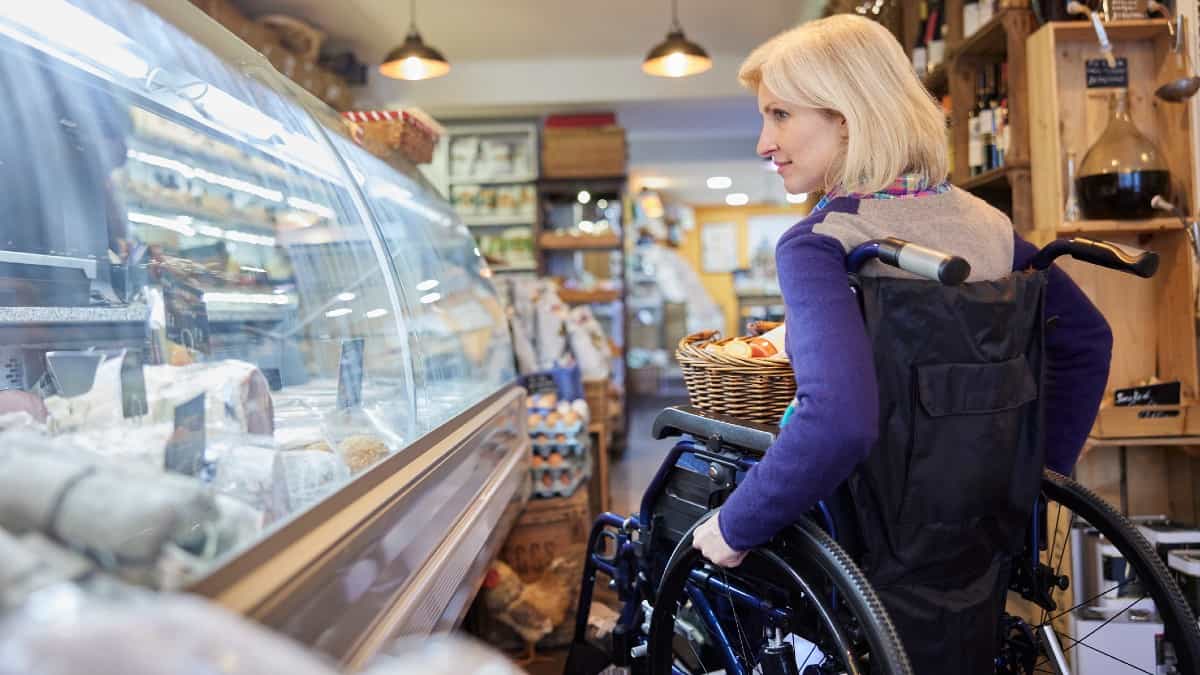Since going public in the early 90s, Greggs (LSE: GRG) shares have grown a lot. From the humble roots of the first store in Tyneside in 1939, the baker has expanded to 2,437 outlets nationwide. It’s a heartwarming success story of a simple yet popular business.
So if I’d invested in the stock a decade ago, how much would I have now? Let’s take a look.
The price is up 463% in the past 10 years, providing annualised returns of 18.8%. Dividends on average have been around 2% per year.
Should you invest £1,000 in Abrdn right now?
When investing expert Mark Rogers has a stock tip, it can pay to listen. After all, the flagship Motley Fool Share Advisor newsletter he has run for nearly a decade has provided thousands of paying members with top stock recommendations from the UK and US markets. And right now, Mark thinks there are 6 standout stocks that investors should consider buying. Want to see if Abrdn made the list?
Had I bought 500 shares at 522p each in June 2014 and reinvested the dividends, I could expect a return exceeding £15,000. That’s not bad for a fairly small one-off investment of £2,610.
But the next 10 years could be different.
Changing health habits
With eating habits changing, will the popular pastry maker keep growing? Its sausage rolls may be a huge hit with fans but modern nutritionists balk at the saturated fat content. The rise in popularity of veganism combined with keto and similar low-carb diets is pushing Greggs to adapt.
In the past few years, new healthier choices are appearing on menus, pushing pies and pasties aside. Now there’s a wide range of low-cal ready meals like salads, soups, and rice dishes. And with stores continuing to open nationwide, the change seems to be paying off.
So will Greggs continue to expand my portfolio while reducing my waistline? Let’s have a gander at the numbers.
Strong financials
Greggs’ balance sheet is as clean as a whistle, with no debt, decent cash reserves, and assets that exceed liabilities. It’s managed to continue aggressive expansion without racking up debt, which is impressive.
At first glance, the trailing price-to-earnings (P/E) ratio of 20.9 may seem high but it’s still below the UK hospitality industry average. And there’s good consensus among analysts that the current share price is undervalued by 70%, based on future cash flow estimates.
But that doesn’t necessarily mean it will increase.
Inflation remains higher than expected this year and the prior promise of rates cuts is now a distant memory. This, combined with stiff competition, puts pressure on Greggs to keep up the strong performance.
Facing the competition
High street chains like Pret give the baker a run for its money but it’s doing well to meet the challenge. Growth in its drive-through and station-based stores has helped it compete against Mcdonald’s and similar fast-food joints. But that expansion comes at a high cost so it’s a bet that needs to pay off — or profits could take a serious hit.
Now at £29.40, the share price isn’t a far cry from the December 2021 high of £33.37. It’s been climbing steadily for almost 8 months and has already beat last year’s peak price. But those who bought in the few months leading up to Covid have been down for several years now.
I expect the £30 price level will put up a lot of resistance.
With all those factors in mind, I wouldn’t expect spectacular growth from Greggs this year. But I see a lot of evidence to suggest it will continue to do well in the long term. It has good management combined with a loyal customer base and the ability to adapt to market conditions.








